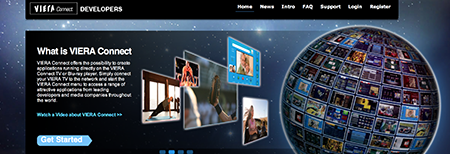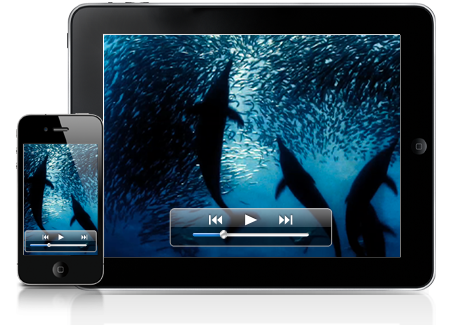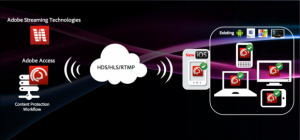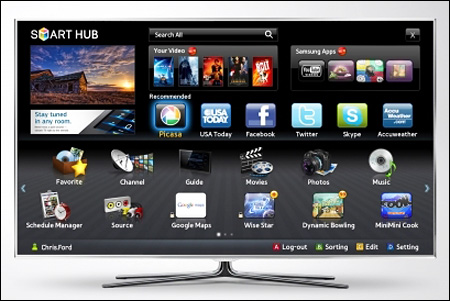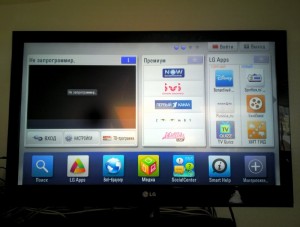
Over the past two years, we have witnessed a rapid growth of a new trend in the mass TV set market. Next generation TV sets that are connected to the Internet and empowered with an application platform, are becoming exceedingly popular. Like with smart phones, the TV applications can be supplied with a device or installed from a directory. The mass media and promotional publications often dub such an approach as "Smart TV" or, less frequently, "Connected TV" or "Hybrid TV". We believe that this trend is mostly neglected today by the developer community. It is little written and spoken about, but at the same time, it offers tremendous opportunities to attract that part of the audience which is poorly or even not yet covered by the ubiquity of computer and smart phone technology. In particular, for applications designed to deliver video content, the television video platforms are a natural environment, and they should be given the same attention as the mobile applications. Continue reading →
